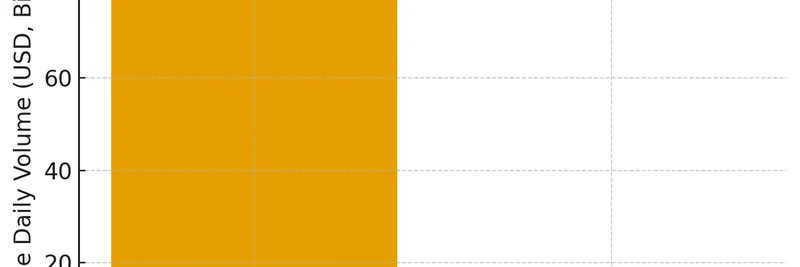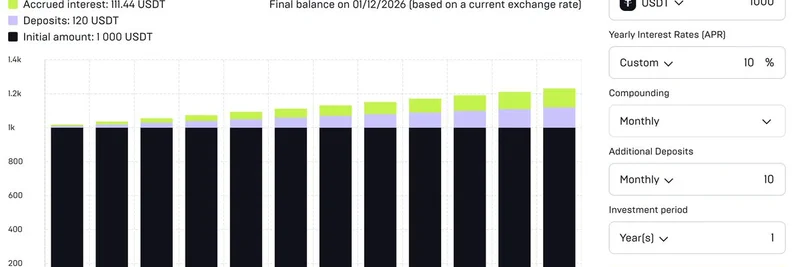In the fast-paced world of blockchain and cryptocurrency, token standards like ERC-20 have long been the backbone for countless projects, including many popular meme tokens. But a new contender, ERC-S, is stirring up conversations about the future of tokenization. A recent tweet from @MiyaHedge, associated with StreetFDN, has sparked interest by comparing the daily trading volumes of these two standards in October 2025—and making a bold prediction about a potential flip by the end of 2026.
The chart shared in the tweet paints a clear picture: ERC-20 tokens are dominating with an average daily volume of around $90 billion, while ERC-S sits at a stark $0. For those new to the space, ERC-20 is the go-to standard on the Ethereum blockchain for creating fungible tokens—think interchangeable assets like most cryptocurrencies or meme coins such as Dogecoin derivatives. It's what powers the liquidity and trading frenzy we see in decentralized exchanges (DEXs) and has been instrumental in the rise of meme token culture.
On the other hand, ERC-S is an innovative standard pioneered by StreetFDN, designed to bridge the gap between traditional startups and blockchain without tripping over security regulations. Essentially, it allows founders to tokenize their companies' assets in a way that aligns token value with actual equity-like benefits, making tokens more "valuable" in a tangible sense. According to StreetFDN's documentation on the ERC-S standard, this approach unifies the incentives between token holders and equity shareholders, preventing common pitfalls like rug pulls or misaligned founder exits. It's aimed at enabling "mini-IPOs" for Web2 startups, supercharging distribution and turning illiquid cap tables into tradeable assets.
MiyaHedge's post doesn't just highlight the current disparity; it confidently states, "we'll flip this volume by end of 2026." This isn't just hype—it's rooted in StreetFDN's mission to tokenize high-potential startups from accelerators like Y Combinator and investors like a16z. With over 150 startups in their pipeline, including ventures in humanoid robotics, ERC-S could bring real-world value to the token space, attracting serious investors beyond the speculative meme crowd.
Why This Matters for Meme Tokens
Meme tokens, often built on ERC-20, thrive on community hype and viral moments, but they frequently suffer from volatility and lack of underlying value. ERC-S could change the game by introducing a framework where even meme-inspired projects tie into real business growth. Imagine a meme token that's not just a joke but backed by startup equity proceeds or revenue shares—without the legal headaches of traditional securities. This hybrid model might reduce "slow rugs," where projects linger without delivering, and encourage more sustainable ecosystems.
StreetFDN's approach emphasizes doxxed founders and U.S.-based setups for accountability, which could appeal to meme creators looking to legitimize their tokens. As trading volumes shift, we might see meme tokens evolving into hybrid assets, blending fun with fundamentals.
Community Reactions and Future Outlook
The tweet garnered quick engagement, with replies ranging from fan support like "miya im your fan" to playful nods such as "streetardio" and "auraaaaa." While ERC-S starts from zero, StreetFDN's grants (up to $100k per startup) and points system for holders signal aggressive growth. They've already partnered with projects like $KLED and are ramping up emissions to reward early adopters.
If MiyaHedge's prediction holds, by 2027, ERC-S could surpass ERC-20 volumes entirely, as mentioned in earlier posts. For blockchain practitioners and meme enthusiasts, this signals a shift toward more mature tokenomics. Keep an eye on StreetFDN—they're not just building tokens; they're redefining how startups go public in the crypto era.
Whether you're trading meme coins or eyeing the next big startup token, understanding ERC-S could give you an edge in this evolving landscape. What's your take on the potential flip?


